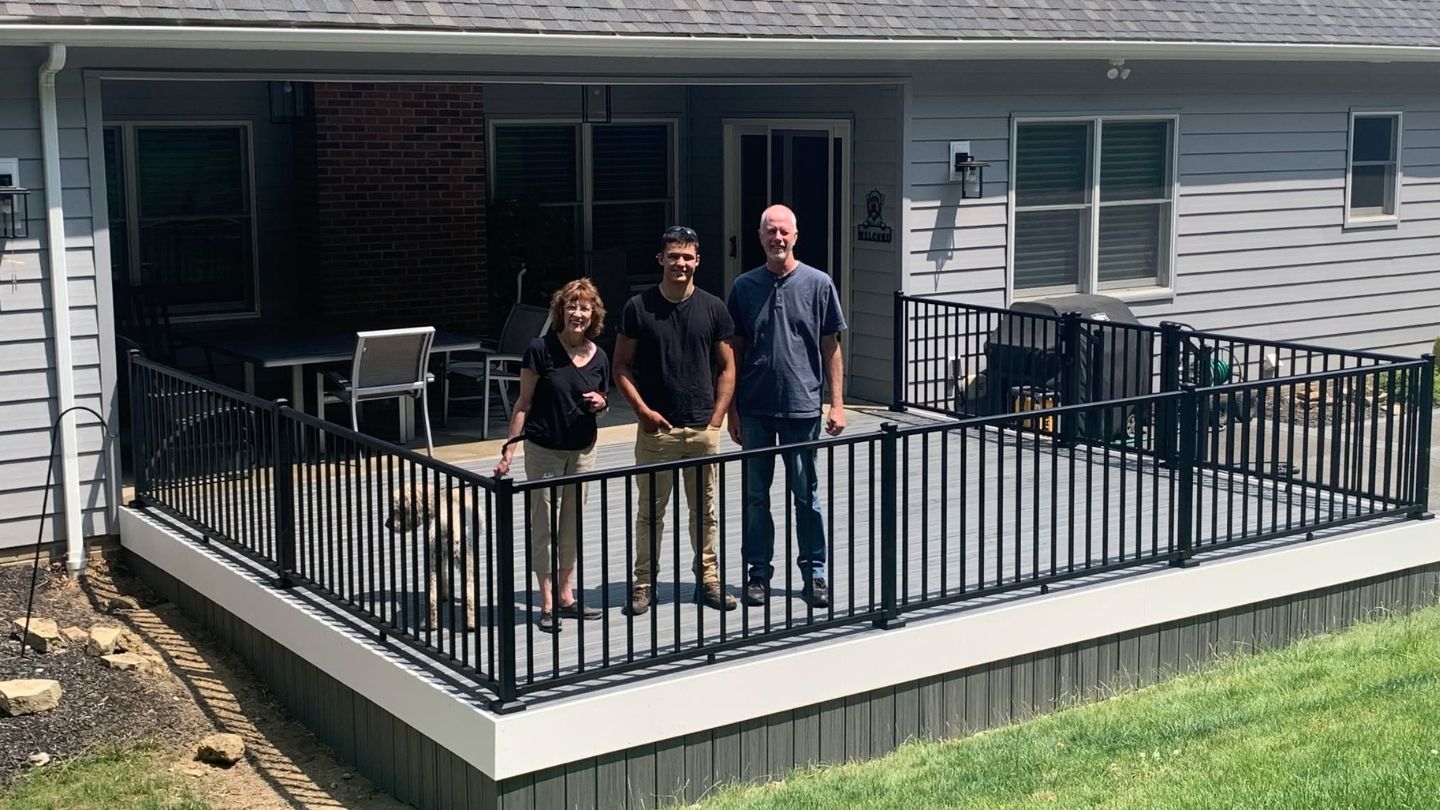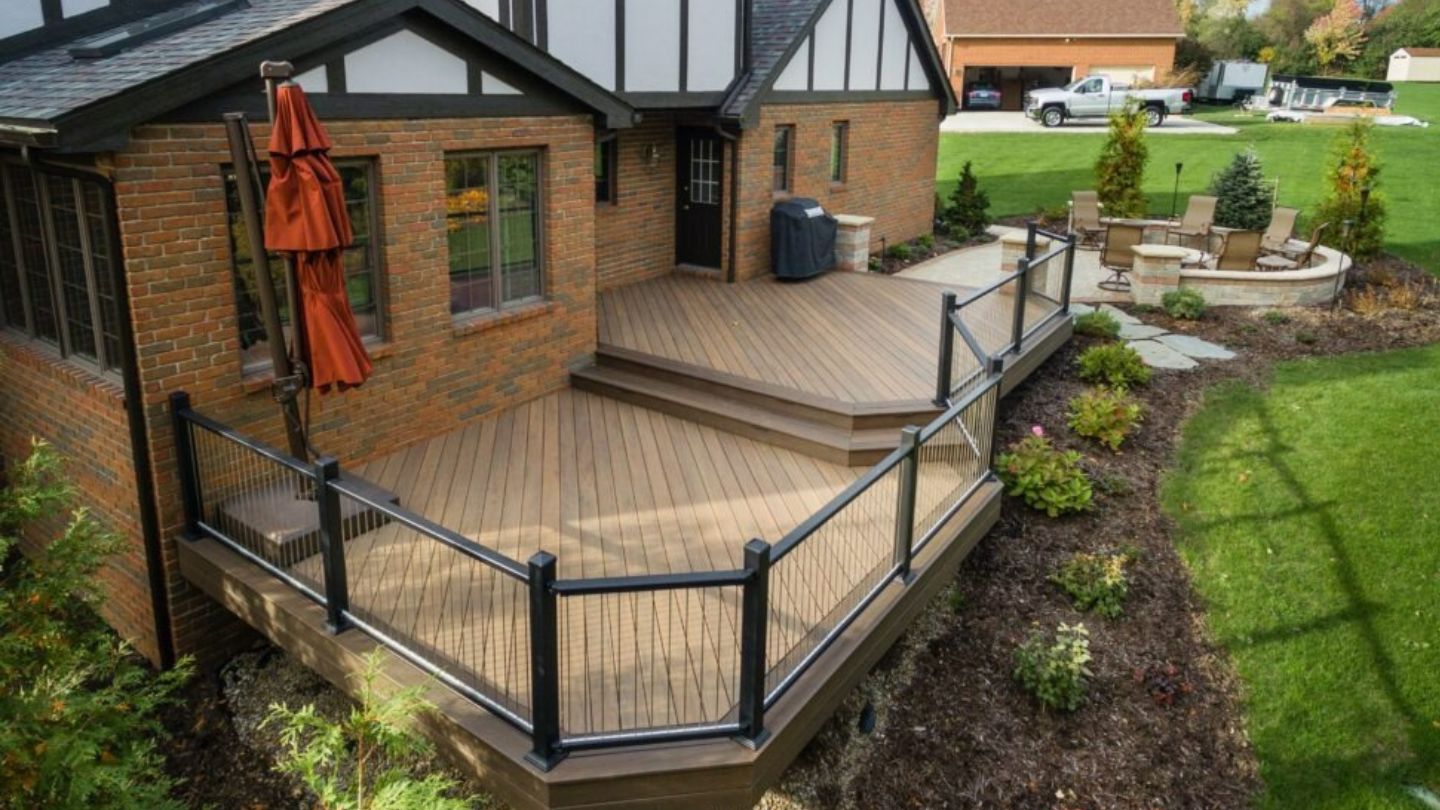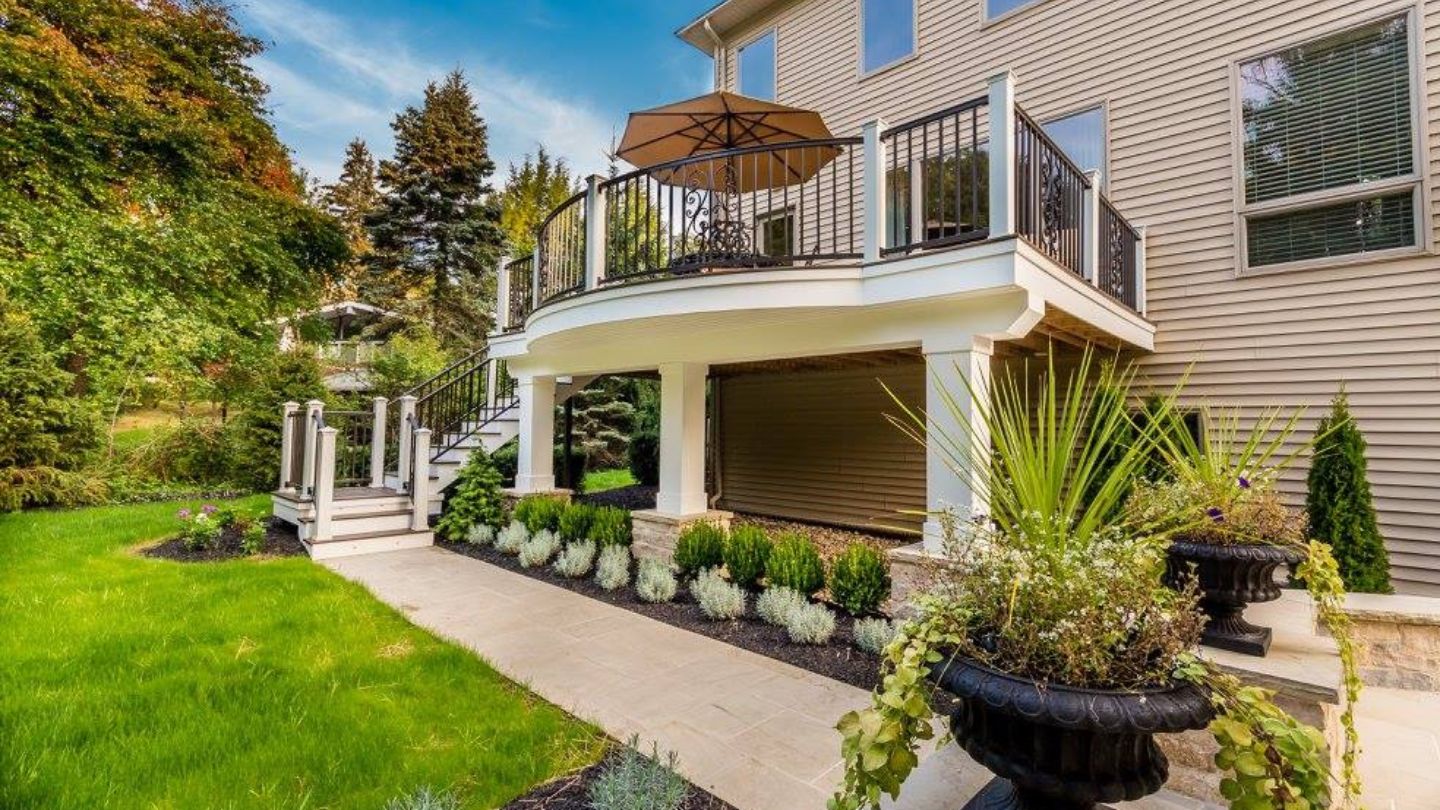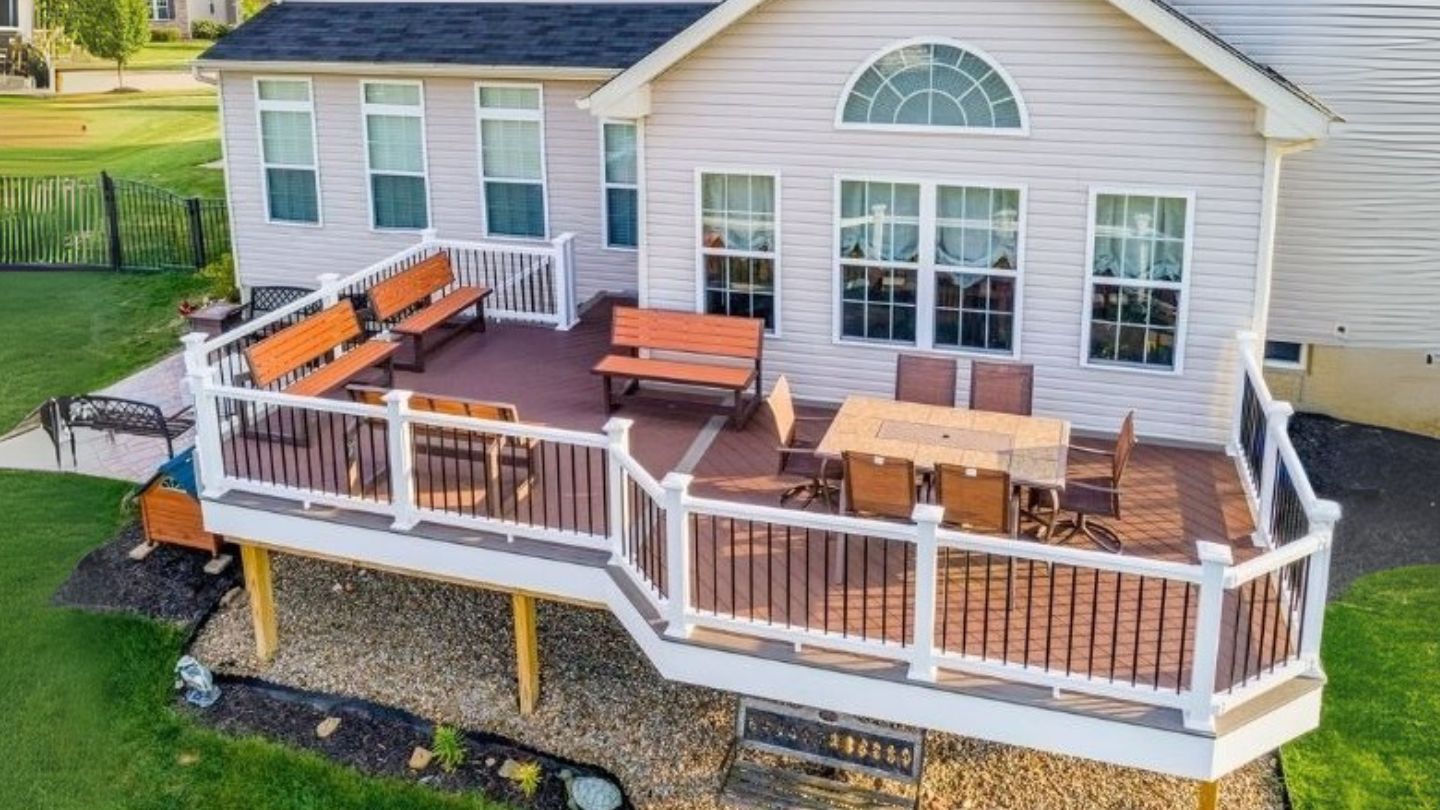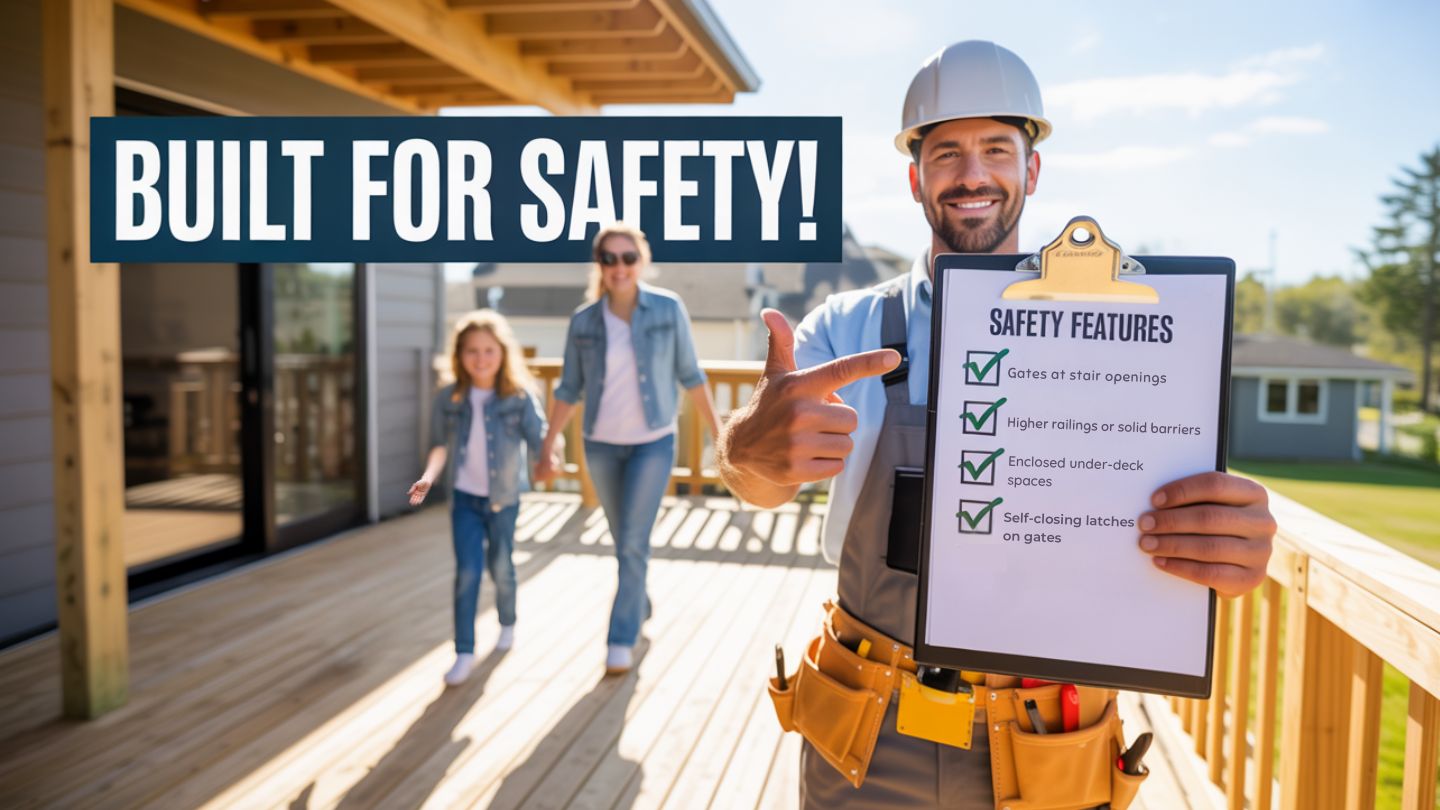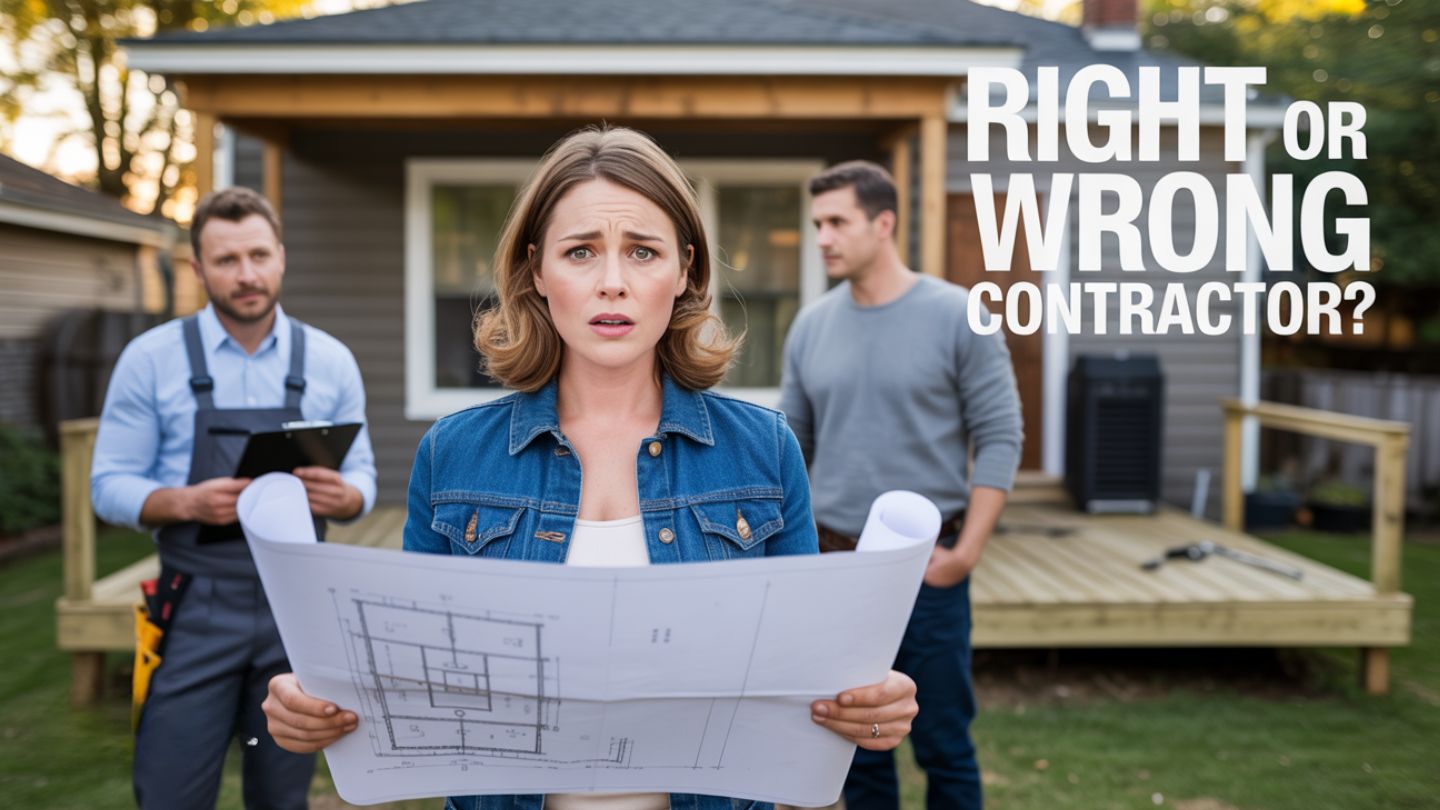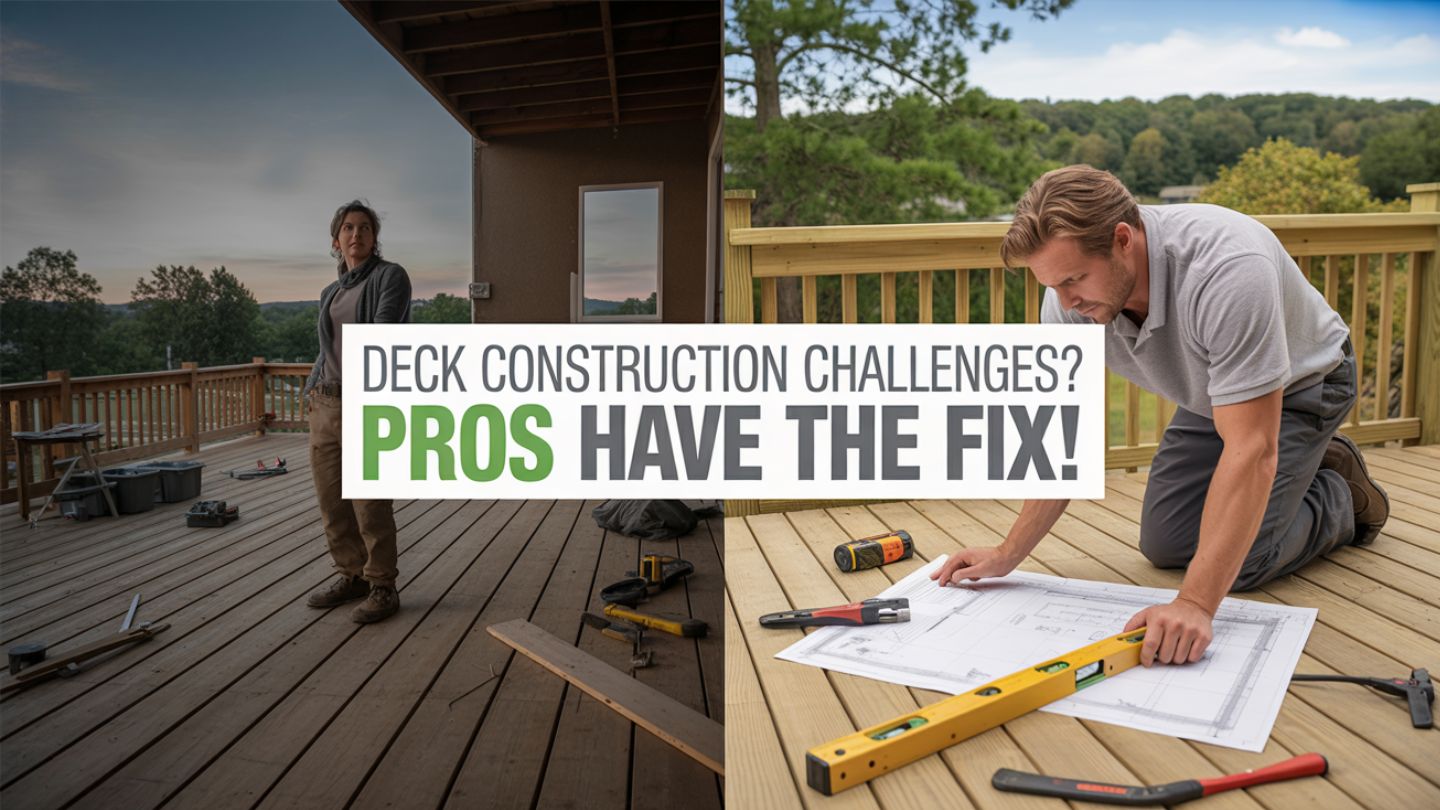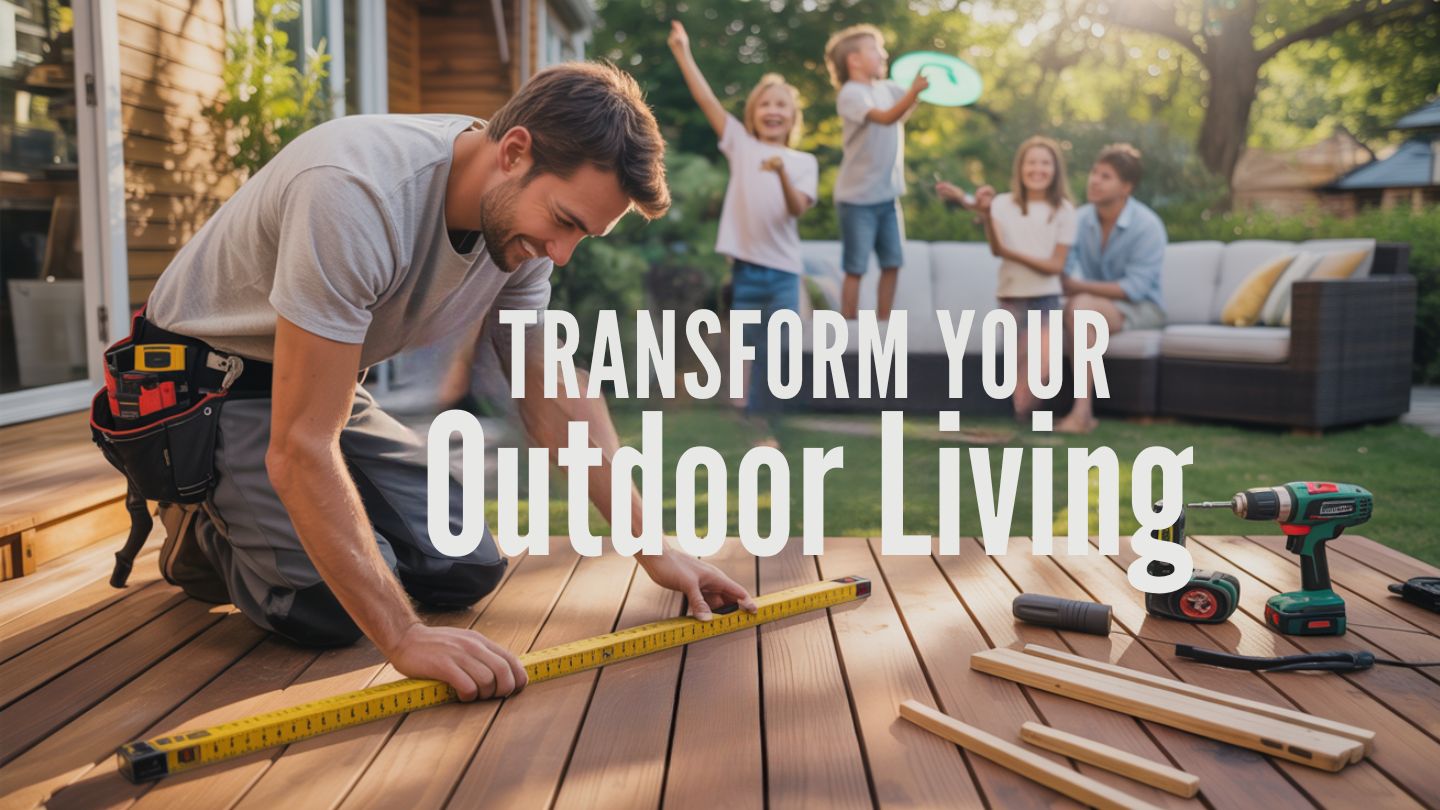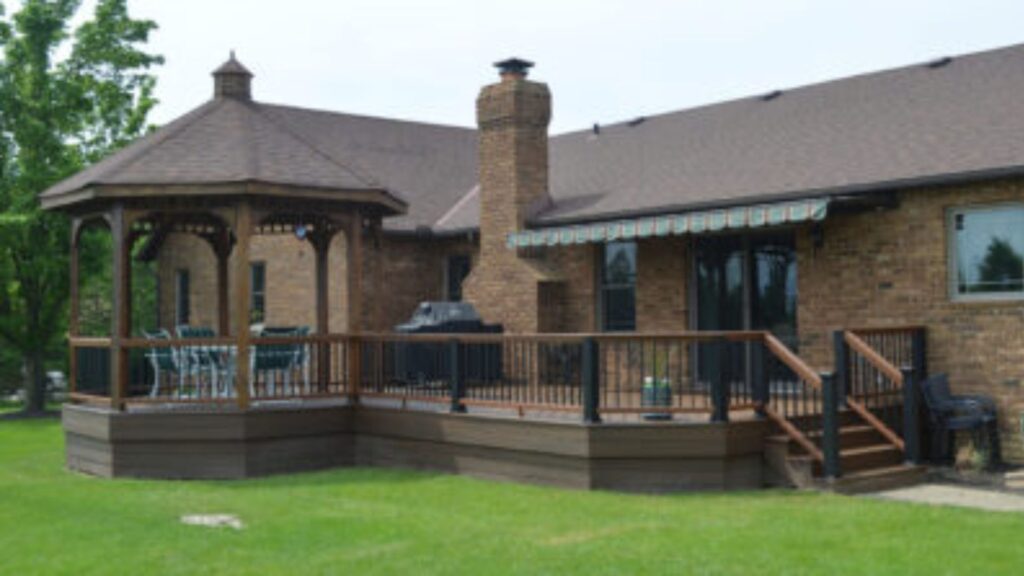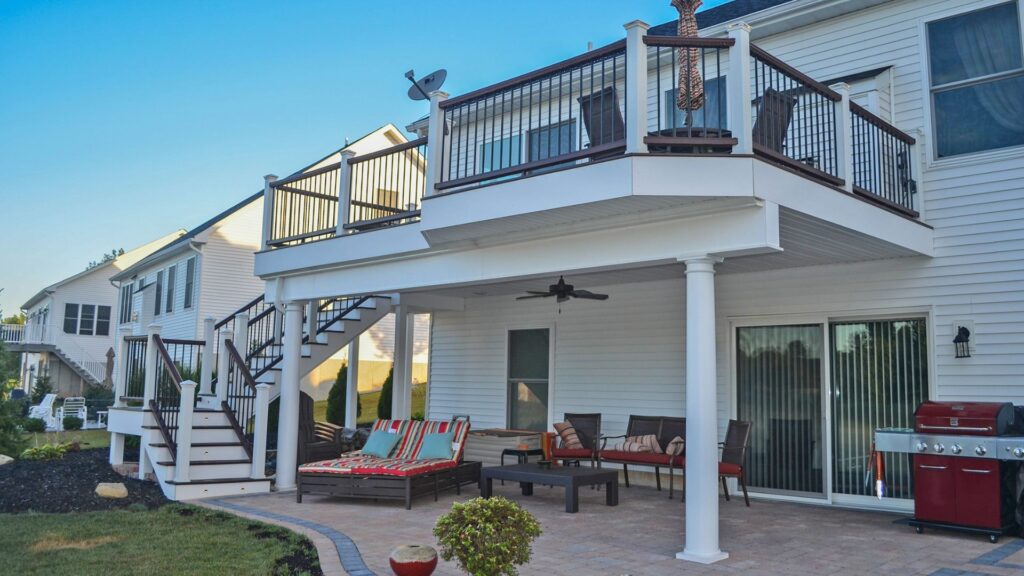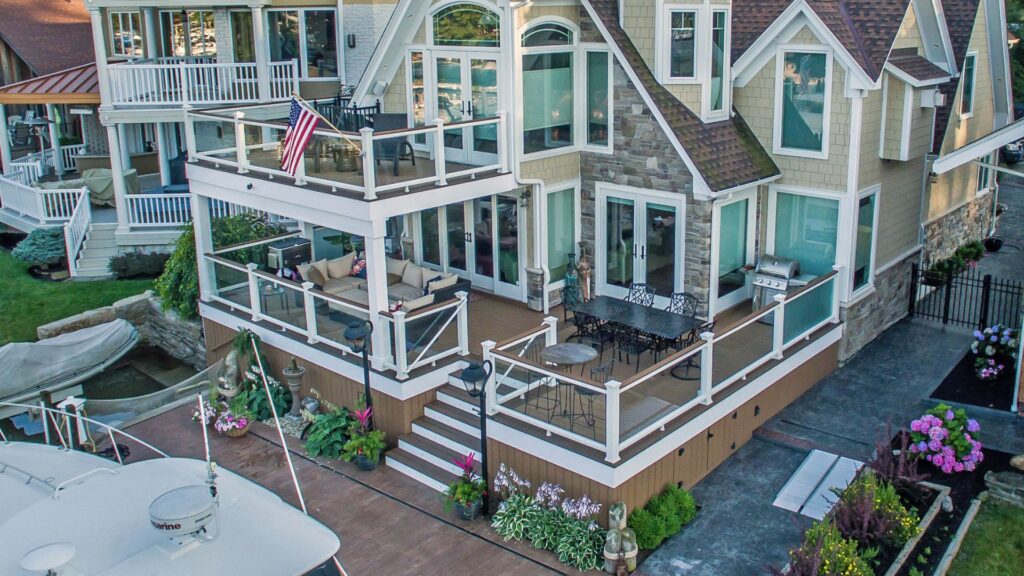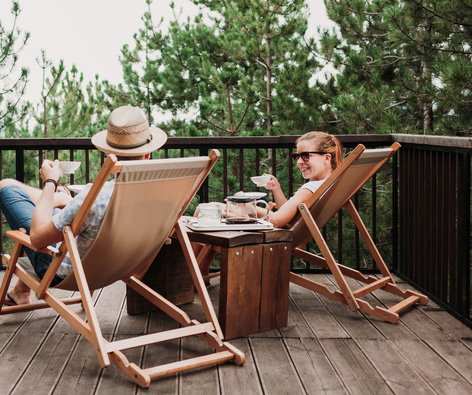Resource Center
Home »
You Can Be a Deck Expert Too
Hi, I’m Steve. I’m proud of the custom deck design and building work we’ve done at Woodland Deck over the last decade, and the reputation we’ve built along with our decks. We’re the premier deck construction company in Northeast Ohio, and dozens of 5-star Google reviews from happy customers prove it. Come on in and stay a while! I can’t wait to share what I know about decks with you.
-
Expert Tips For Designing Pet And Kid-Friendly Decks
-
Composite Decking Types: All You Need To Know
-
Does a Deck Add Value To a Home? Expert Insights
-
How To Maintain Your Custom Deck Year-Round?
-
How Deck Builders Incorporate Safety Features Into Designs?
-
How To Choose The Right Deck Replacement Contractor?
-
Common Challenges in Deck Construction and How Contractors Solve Them
-
How Deck Builders Can Improve Your Home’s Outdoor Living?
You Can Be a Deck Expert Too
Even if you’re new to the world of decks, becoming an expert is within reach. By staying informed about the latest trends, materials, and techniques, you can elevate your deck game and become a go-to resource for all things decking. Whether you’re passionate about design, construction, or maintenance, there are always opportunities to expand your knowledge and skills. With dedication and a willingness to learn, anyone can become an expert in deck building.
Next Day Estimate
Trust Woodland to deliver a fast estimate, skilled construction team and focused attention to detail – so you can start making memories on your custom deck in no time! Get your next-day estimate.
